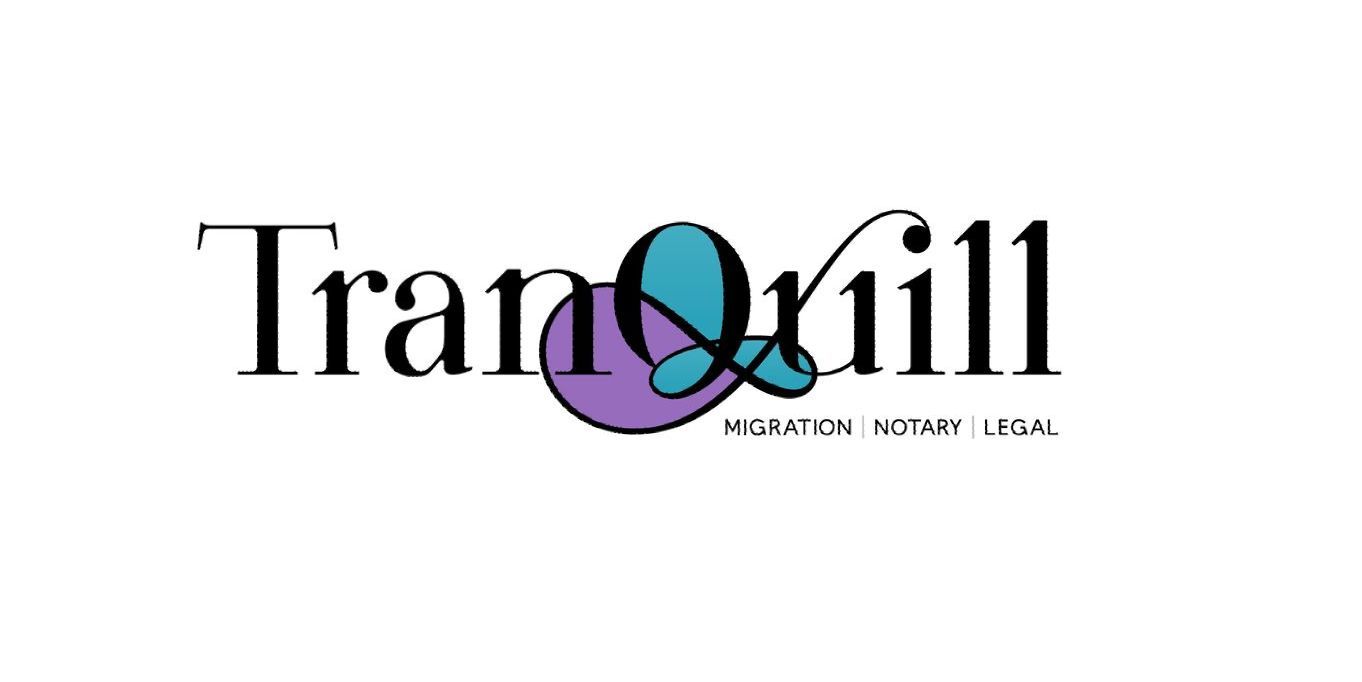Partner Visas
About 30% of long-term visitors are staying in Australia with their loved ones on what is known as a Partner visa or 'de facto' visa. To apply for this visa, you need to be in a relationship with an Australian citizen, a permanent resident of Australia or a New Zealand citizen and be able to prove that you are living with them in a genuine common-law relationship.
Partner Visa Stages
The partner visa can be a two or three-stage process.
Stage 1 – Prospective Marriage Visa Subclass 300
- It can only be applied for offshore.
- Once granted, your partner needs to enter Australia, and you need to marry within 9 months of the visa being granted.
- Once married, you will be able to apply for an onshore temporary partner visa.
Stage 2 – Partner (Temporary) Subclass 309 (Offshore) or Subclass 820 (Onshore)
Once granted, you hold temporary residency until a decision is made on your permanent residency application.
Stage 3 – Partner (Permanent) Subclass 100 or Subclass 801
- Once granted, you will have permanent residency and full travel rights for 5 years.
- If you wish to travel internationally after this time, you will need to apply for citizenship or a Resident Return visa.
- Your status remains as a permanent resident even if you do not obtain citizenship or a Resident Return visa after 5 years, but you will not be able to travel internationally without either of these authorities.
Partner Visa Considerations
There are a few elements you should at least be aware of before applying for a Partner visa:
It is Expensive
Partner visas in Australia are some of the most expensive in the world, and they continue to get more expensive each year. The Department of Home Affairs (DHA) fees (this includes the costs for lodging both the temporary and permanent applications) are currently about:
- $9,095 plus transaction processing charges
- A secondary applicant 18+ is $4,550 plus transaction processing charges
- A secondary applicant under 18 is $2,280 plus transaction processing charges
Note - Application fees are increased every year on 01 July
Aside from the application fee and agency fees, the applicant must also pay for police checks where relevant and medical examinations. If translation of non-English documents is required, a NAATI-approved translator must be commissioned (TranQuill can advise on the costs for this).
It Takes Time
Processing times for these visas can be lengthy but are subject to quick changes. We advise checking the Department of Home Affairs website for exact information.
You need to ensure you keep TranQuill updated regarding significant life changes (such as pregnancy or buying a home) to further prove that your relationship is genuine and ongoing.
The Length of Your Relationship Matters
Being in a genuine and ongoing long-term relationship adds to the likelihood of success of your visa application. A long-term relationship is defined by the Department of Home Affairs as three years or two years where there is a dependent child of the applicant and sponsor.
In some cases where there is a long-term relationship and dependent children, the department can grant both the temporary and permanent visas on the same day. However, this is a discretionary decision of the individual case officer and requires detailed supporting documents.
De Facto Relationships
If you are not married but present yourselves and your relationship as having the characteristics of a de facto couple, you either:
- Need to be able to provide evidence that your relationship is genuine and ongoing for a minimum of 12 months OR
- You have registered your relationship with the appropriate Government (State/Territory body) in Australia
You can register a de facto relationship and lodge a partner visa if you are legally married (but separated) to someone else.
Under Australian law, you cannot get married to your partner if either of you is still married to other people.
However, for migration purposes, your de facto relationship is recognised as long as the one married is legally separated from his/her spouse.
A partner visa can be obtained if either you or your partner can prove that the previous marriage/s has/have ended.
Evidence revolves around proof that parties are living separately on a permanent basis and that the relationship does not have the characteristics of a marriage.
Evidence of a Spouse/ Partner Relationship
The evidence you are encouraged to provide with a partner visa application includes but is not limited to:
- Marriage certificate/ civil relationship registration
- Joint lease documents
- Joint utility bills
- Joint bank account/s
- Wills
- Birth certificates of dependent children
- Letters of support from family and friends
- Photos in social settings
How Can TranQuill Legal Help You?
This is one of our most frequently lodged visas, and as such, we know the ins and outs of this visa like almost no other. We have an exceptional success rate with our applications and, therefore, a plethora of very happy clients.
We are happy to conduct our initial consultation with you and your partner either in person at our Canberra office or over the phone/via Skype, acknowledging that there may be time differences if one partner is currently offshore. We obtain a complete picture of your current situation and what we want to achieve in our initial consultation before providing advice for your specific situation. If you engage TranQuill to prepare and lodge your partner visa, we are then in close contact with you throughout the process and ensure you are kept up to date on all aspects of the application right through to the decision.
For assistance with partner visas, reach out at 02 6140 5311.
QUICK LINKS
Contact Information
Phone: 02 6140 5311
Email:
info@tranquill.com.au
Address: Level 2, 28 University Avenue, CANBERRA, ACT, 2601
Business Hours:
- Mon - Fri
- -
- Sat - Sun
- Closed
Members of the Migration Institute of Australia
ACT Law Society
Victorian Law Society
Bronwyn: Registered Migration Agent 1684691
Immigration Law Accredited Specialist

© 2019 TranQuill Legal Pty Ltd Tranquill® Tranquil® Tranquillity®

